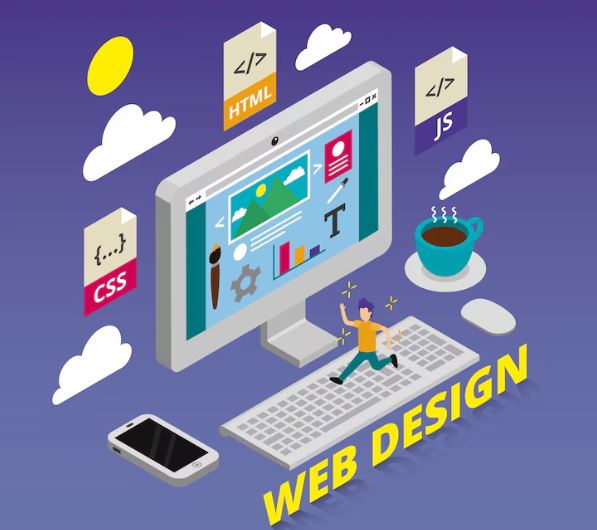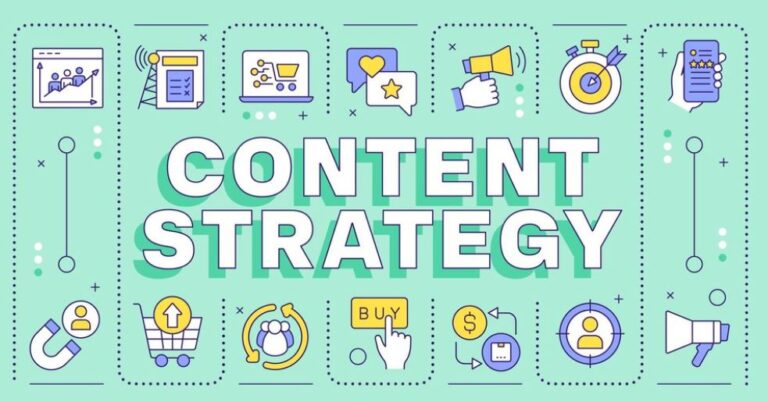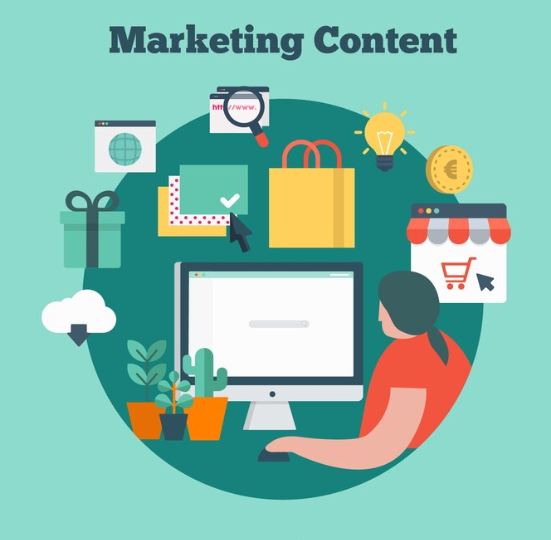
In today’s digital age, accessibility is more important than ever. It’s not just a nice-to-have feature but a necessity for ensuring that websites can be used by all people, regardless of their abilities or disabilities. When it comes to website design and development, accessibility plays a critical role in creating an inclusive online environment where everyone has equal access to information and services. Let’s explore why accessibility matters and how to implement it effectively.
Why Accessibility is Essential in Web Design
The core principle of accessibility in website design and development is ensuring that your site is usable by people with disabilities. This includes individuals with visual impairments, hearing difficulties, cognitive disabilities, and motor limitations. According to the World Health Organization (WHO), over 1 billion people have some form of disability, and failing to address accessibility in your website design and development service means alienating a large segment of the population.
Moreover, accessibility doesn’t just benefit those with disabilities; it improves usability for all users. Well-structured, easy-to-navigate websites with clear content are beneficial to everyone, from older adults to people using mobile devices in less-than-ideal conditions.
Key Accessibility Features in Web Development
To create a truly accessible website, several key aspects should be included in the website design and development service:
Keyboard Navigation:
Many users with disabilities rely on keyboards to navigate websites. Ensuring that all elements on your site, including menus and forms, can be accessed via keyboard is a critical component of accessible website design and development.
Alt Text for Images:
Providing alternative text for images allows screen readers to describe visual elements for those with visual impairments. This ensures that non-text content is also accessible.
Readable Text:
Good contrast between text and background, legible fonts, and scalable text size are essential for readability. These are key features in ensuring that your website design and development service is accessible to those with visual challenges.
Captions for Multimedia:
Videos and audio content should include captions and transcripts to accommodate users with hearing impairments. This also enhances the user experience for those who may be in noisy environments.
Forms that are Easy to Use:
Form fields should be clearly labeled, and error messages should be easy to understand. Simple instructions and clear design can help make your forms more accessible.
Accessibility Benefits for Your Business
Implementing accessibility features in website design and development not only benefits your users but also boosts your business in several ways. First, accessible websites tend to rank better in search engine results, as search engines like Google prioritize websites that are optimized for usability. This can give your business a competitive edge by making it easier for potential customers to find you online.
Second, focusing on accessibility in your website design and development service broadens your customer base. People with disabilities often struggle to find websites that cater to their needs. If your website offers an inclusive experience, you’re likely to attract and retain more users from this often-overlooked group.

How to Ensure Accessibility in Web Development
Achieving accessibility in website design and development requires a thoughtful, user-first approach. Begin by familiarizing yourself with the Web Content Accessibility Guidelines (WCAG), which provide an international standard for making web content accessible. These guidelines offer practical advice on how to design, structure, and code websites for people with various disabilities.
Collaborating with accessibility experts and incorporating feedback from real users with disabilities can also help you fine-tune your web design and development service. Regular testing is key, as you can identify and fix issues that may hinder accessibility.
Accessibility should be a core priority in website design and development, not an afterthought. By creating an inclusive and accessible online experience, you not only improve the usability of your site but also ensure that your website design and development service reaches the widest possible audience. Ultimately, accessibility is about making the web a better, more inclusive place for everyone.
Practical tips for making your site accessible
Ensuring that your website is accessible to all users is essential in today’s digital landscape. Here are some practical tips to incorporate accessibility into your website design and development:
1. Use Semantic HTML
Semantic HTML provides meaning to web content, helping both users and search engines understand the structure of your site. Proper use of headers (<h1>, <h2>, etc.), paragraphs (<p>), and lists (<ul>, <ol>) improves the navigation and readability for screen readers.
2. Ensure Sufficient Color Contrast
For users with visual impairments or color blindness, having a strong contrast between text and background is essential. Tools like WebAIM’s contrast checker can help you ensure your site meets the recommended color contrast ratios.
3. Provide Transcripts and Captions for Multimedia
Include captions for videos and transcripts for audio content to ensure that users with hearing impairments can access your multimedia content. This is a key component of accessible website design and development.
4. Design Forms for Accessibility
Make sure all form fields are labeled correctly, with descriptive text indicating what input is required. Group related fields together and clearly mark mandatory fields. Provide clear, accessible error messages that help users correct mistakes without confusion.
5. Use ARIA (Accessible Rich Internet Applications) Landmarks
ARIA landmarks help users who rely on screen readers to navigate a page more easily. They provide extra context about dynamic content, such as pop-ups, sliders, and modals. When used properly, ARIA can enhance the accessibility of your website design and development service.
6. Enable Text Scaling
Allow users to resize text without breaking your website’s layout. Make sure that your website design and development uses flexible layouts that adapt to text scaling, ensuring readability for users who need larger fonts.
7. Avoid Flashing or Rapidly Changing Content
Flashing or rapidly changing elements can cause seizures in people with photosensitive epilepsy. Avoid using these features in your website design and development service, or provide a way to disable them.
Conclusion
By incorporating these practical tips, you’ll create a more inclusive experience for all users, ensuring your website design and development process prioritizes accessibility. Implementing these strategies can make your website design and development service not only compliant with accessibility standards but also more user-friendly for everyone.

